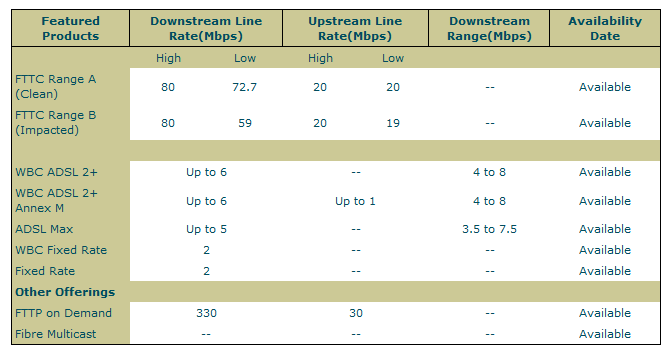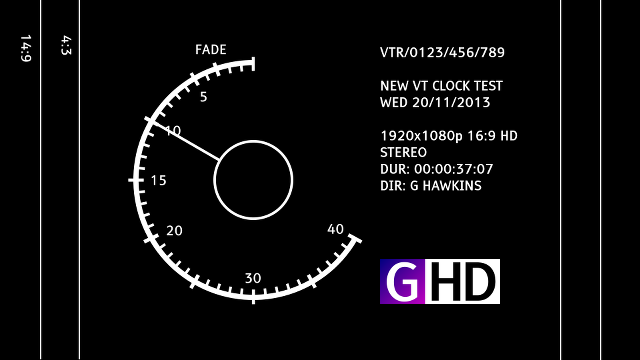Today I’ve noticed (following the announcement a week or so ago by Openreach) that the BT Wholesale line checker thinks that Fibre to the Premises on Demand (FTTPoD) is now available at my property. This is what the checker displays if your exchange/aggregation node is enabled:

FTTPoD differs from the “normal” FTTP product in that you have to pay a hefty installation fee to get it installed, running into four figures, depending on distance – but once installed, the rental is charged at “normal” FTTP rates, although you’re tied into the top price 330/30 Mbit/s tariff for the first three years. Once this period is over, it effectively becomes a “normal” FTTP line and you can have any speed that you want to from Openreach’s portfolio (e.g. 110/10, 220/20, etc.)
The advantage of FTTPoD over FTTC is that absolutely no copper is involved, so there’s none of this “up to” 80Mbit/s nonsense – although it’s not a guarantee, you get none of the disadvantages that using DSL brings, like interference and Christmas tree lights causing errors and slowing the connection down. Due to the way that GPON works, the downstream bandwidth is shared and split up to 32 ways, and the upstream bandwidth is effectively guaranteed since it uses time-based multiplexing to give everyone an equal share of the upstream bandwidth using time slots. So, in theory, although you could get less than the maximum bandwidth downstream, all 32 users would be having to max out their downstream links before that would happen.
FTTPoD will eventually be available to everyone who is currently connected to a FTTC cabinet. This is because Openreach fit a so-called “Aggregation Node” (AN) in the road which the FTTC cabinet is connected to. The AN is effectively an optical junction box where the FTTPoD fibres are fed from the exchange, so for the installation fee you’ll get a fibre installed all the way from the AN to your premises, which will be connected to a fibre back to the exchange, so it really is entirely fibre from the exchange to your house, and it really does not go through the FTTC cabinet, as some people erroneously seem to believe.
It is possible to fit an AN in the road and supply FTTPoD or FTTP without building an FTTC cabinet, so it’s possible this option may be offered in some places, perhaps in Exchange Only line (EO) areas where there is no cabinet between you and the exchange at all, but never the other way round – if you have FTTC already, you will be able to get FTTPoD eventually since the cabinet has to be connected to the AN. Openreach are rolling out FTTPoD slowly to FTTC-enabled areas, announcing groups of new exchanges quarterly, so not everyone is able to get it yet.
The other catch is that MOUs (e.g. multiple occupancy offices) and MDUs (e.g. blocks of flats) are not eligible for FTTPoD, so those properties may well have to wait and see how the G.Fast trials go, which are supposed to provide up to 1Gbit/s over short runs of copper which are fibre-fed to a distribution point outside the property.


